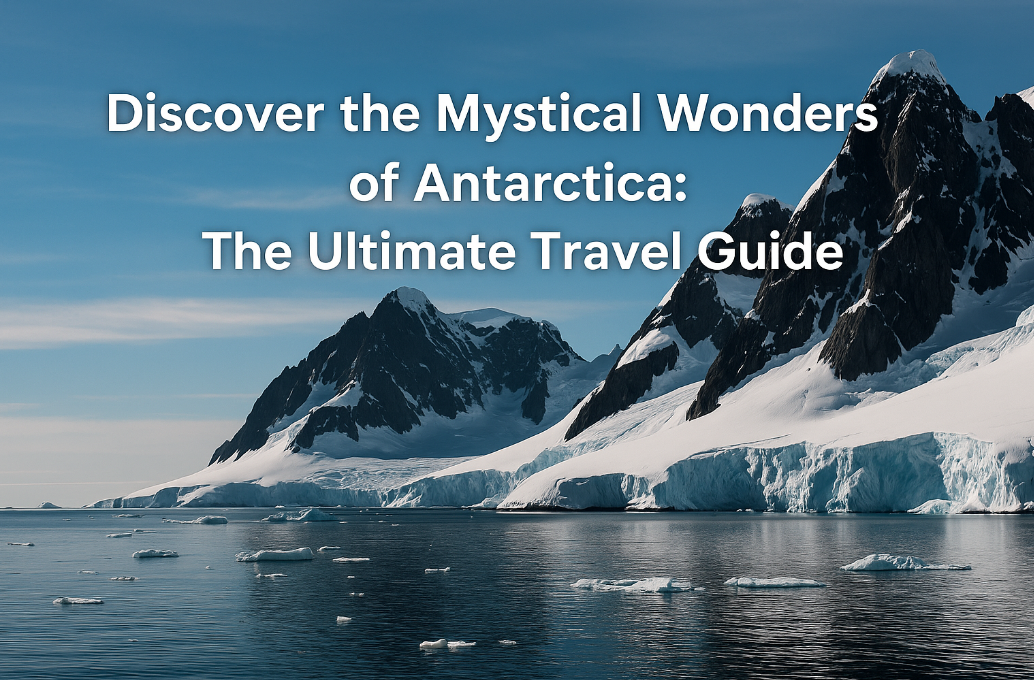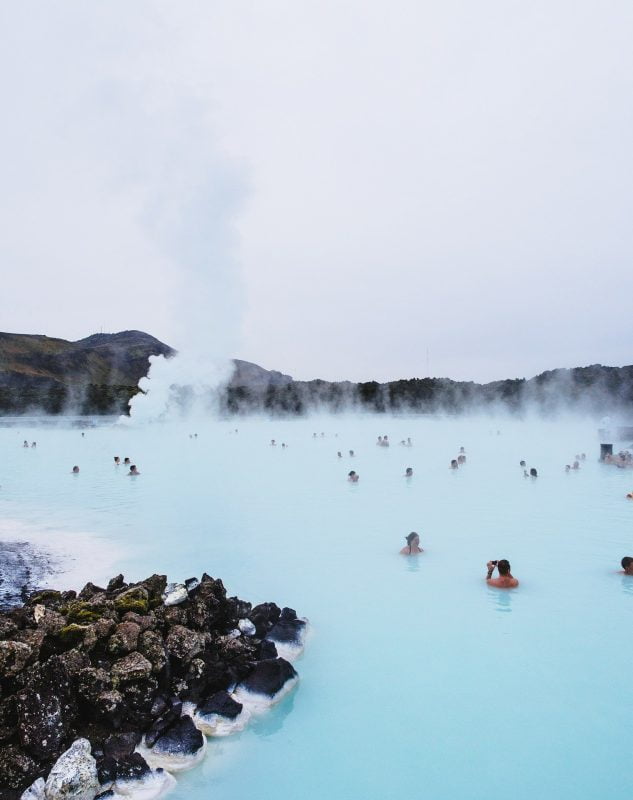Antarctica, the remote and pristine continent at the southernmost tip of the Earth, offers travelers a unique adventure unlike any other. This icy paradise, home to breathtaking landscapes and extraordinary wildlife, is a dream destination for explorers and nature enthusiasts. As one of the last unspoiled frontiers, Antarctica promises an unforgettable journey that captivates the heart and soul.
Why Visit Antarctica?
Antarctica‘s allure lies in its untouched beauty and raw wilderness. Visitors are drawn to its vast ice sheets, towering glaciers, and diverse wildlife, including penguins, seals, and whales. The continent’s isolation and extreme conditions create a sense of mystery and excitement that beckons adventurers from around the globe. A trip to Antarctica is not just a vacation; it’s a once-in-a-lifetime expedition that leaves a lasting impression.
Best Time to Travel to Antarctica
Planning a trip to Antarctica requires careful consideration of the best time to visit. The Antarctic summer, from November to March, offers milder temperatures and extended daylight hours, perfect for sightseeing and wildlife encounters. During this period, visitors can witness the awe-inspiring spectacle of penguin colonies and seals basking on ice floes. Additionally, the chance to see majestic whales breaching in the icy waters is an experience not to be missed.
How to Get to Antarctica
Reaching Antarctica is an adventure in itself. Most travelers embark on their journey from Ushuaia, Argentina, the southernmost city in the world. From there, expedition cruises navigate the Drake Passage to the Antarctic Peninsula. These cruises provide a comfortable and safe way to explore the continent, with expert guides offering insights into the region’s history and ecology. For the more adventurous, fly-cruise options are available, allowing travelers to skip the rough seas and fly directly to King George Island.
What to Expect on an Antarctic Expedition
An Antarctic expedition is a blend of adventure, education, and awe. Visitors can expect to engage in activities such as zodiac cruises, guided hikes, and wildlife watching. Each day brings new discoveries, whether it’s observing a colony of Emperor penguins or witnessing a massive iceberg calving into the ocean. The continent’s pristine environment offers unparalleled opportunities for photography and personal reflection, making it a truly transformative experience.
Wildlife Encounters in Antarctica
Antarctica is a haven for wildlife enthusiasts. The continent’s diverse ecosystems support a variety of species, each uniquely adapted to survive in the harsh conditions. Visitors can observe Gentoo, Chinstrap, and Adélie penguins as they waddle across the ice. Seals, including Weddell, Leopard, and Crabeater seals, can be seen lounging on ice floes. The surrounding waters are home to several whale species, including Humpback and Minke whales, offering thrilling opportunities for wildlife photography.
The Impact of Climate Change on Antarctica
Antarctica is on the front lines of climate change, with its vast ice sheets and glaciers experiencing unprecedented melting rates. According to the National Snow and Ice Data Center, the continent has lost nearly 3 trillion tons of ice in recent decades. This alarming trend affects global sea levels and highlights the importance of sustainable tourism practices. By visiting Antarctica responsibly, travelers can contribute to the conservation efforts aimed at preserving this fragile ecosystem for future generations.
Preparing for Your Antarctic Adventure
Proper preparation is key to ensuring a successful Antarctic expedition. Travelers should pack appropriate gear, including waterproof jackets, insulated clothing, and sturdy boots. It’s essential to be physically prepared for the demanding conditions and to have a flexible itinerary, as weather can change rapidly. Booking through reputable tour operators who adhere to environmental guidelines ensures a safe and eco-friendly experience.
Frequently Asked Questions
What is the main keyword of this blog post?
The main keyword of this blog post is “Antarctica.”
How long does a typical Antarctic expedition last?
Most Antarctic expeditions last between 10 to 21 days, depending on the itinerary and activities included.
Is it safe to travel to Antarctica?
Yes, traveling to Antarctica is generally safe when undertaken with experienced tour operators who prioritize safety and environmental sustainability.
Can I see the Northern Lights in Antarctica?
No, the Northern Lights are visible in the Arctic region, not Antarctica. However, Antarctica offers its own natural wonders, such as stunning ice formations and unique wildlife.
How can I contribute to the conservation of Antarctica?
Travelers can contribute by choosing eco-friendly tour operators, minimizing waste, and supporting organizations dedicated to Antarctic research and conservation.
Embarking on an Antarctic adventure promises a truly transformative experience, filled with stunning landscapes and unforgettable wildlife encounters. Share your thoughts in the comments, spread the word by sharing this post, and don’t forget to explore our related articles for more travel inspiration. Your journey to the icy continent awaits!


